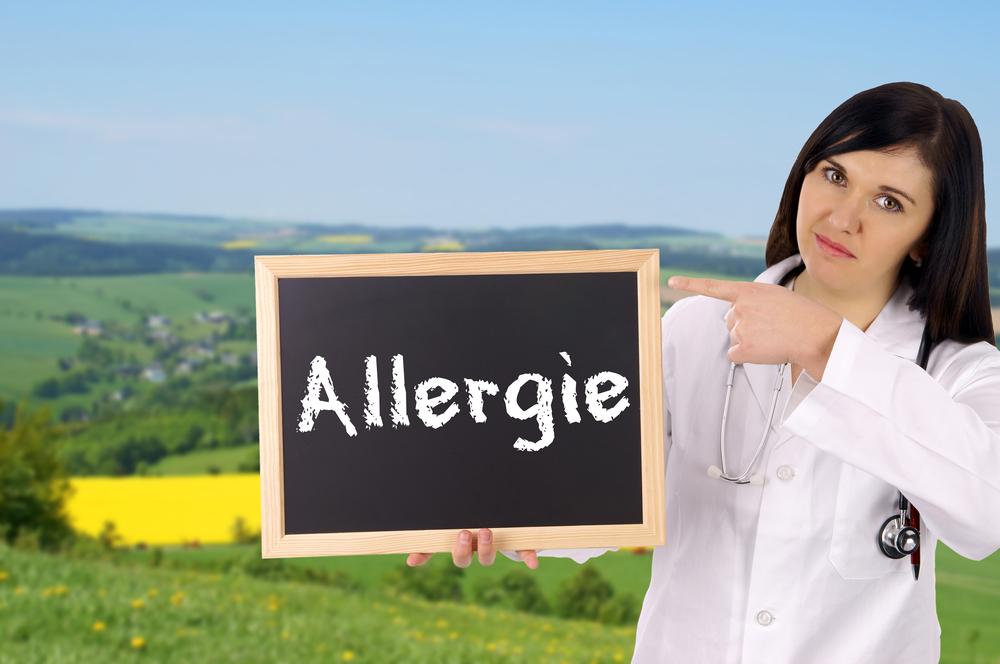
3 Types of Allergies and their Main Triggers
A damaging immune response to particular substances or food is known as an allergy, and it causes hypersensitivity to certain substances. The immune system produces antibodies, and in case of an allergy, it produces antibodies that wrongly identify a specific allergen as harmful. The most common substances include dust, pollen, animal dander, and certain food and medications.
Allergies can range from minor issues to anaphylaxis, which is a potentially life-threatening allergic reaction. The severity of allergies varies from person to person and, in most cases, they can’t be cured and can only be controlled and reduced. There are several types of allergies, and their main triggers can affect a person’s health and require timely treatment. Let’s take a look at some of the common types of allergies:
Pollen allergies
These are seasonal allergies caused by the release of tiny pollen grains by plants. Weeds, grasses, and trees are the main triggers of these types of allergies. The small pollen grains travel by the wind and come in contact with the skin, eyes, and nose. Ragweed causes weed allergies, and pollen allergies are also caused by tumbleweed, sagebrush, and pigweed. Some trees like birch, cedar, and oak produce a huge amount of allergenic pollen. The symptoms include:
- Excessive mucus production and a runny nose
- Persistent coughing and sneezing
- Itchy nose, eyes, and mouth
- Nasal congestion
- Swelling around the eyes or red and watery eyes
Mold allergy
One of the common types of allergies, the main triggers for these are mold, tiny fungi with spores that float and travel through the air. They are often found in damp places like bathrooms and in bundles of grass or leaves. The symptoms are similar to those of pollen allergies.
Molds and mildew are fungi elements that can also spread in dry and windy seasons through the fog and also in high humidity. They can easily get into the nose and lungs and also cause asthma.
Latex allergy
Latex is the protein present in the sap of rubber trees used to make rubber products. Certain people show an allergic reaction when they come in contact with rubber products like balloons, rubber bands, household gloves, bandages, and such. Breathing in latex fibers present in the air is also one of the main triggers of these types of allergies. The symptoms are:
- Swollen and itchy lips after blowing a balloon
- Swollen and itchy red mark after using a bandage
- Itching and swelling after vaginal and rectal tests
- Swelling and itching of the mouth and tongue after a dentist uses latex gloves
- Itching and swelling in the genitals after using a condom
Avoid anything made of latex and take antihistamines to treat the condition. Also, keeping an epinephrine auto-injector with you comes in very handy.
Though these are the most common allergies, there are other allergies and specifically, food allergies discussed in the forthcoming article.


